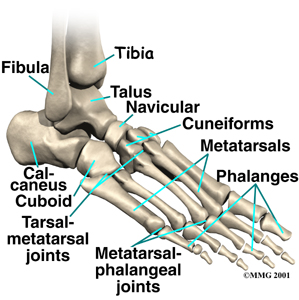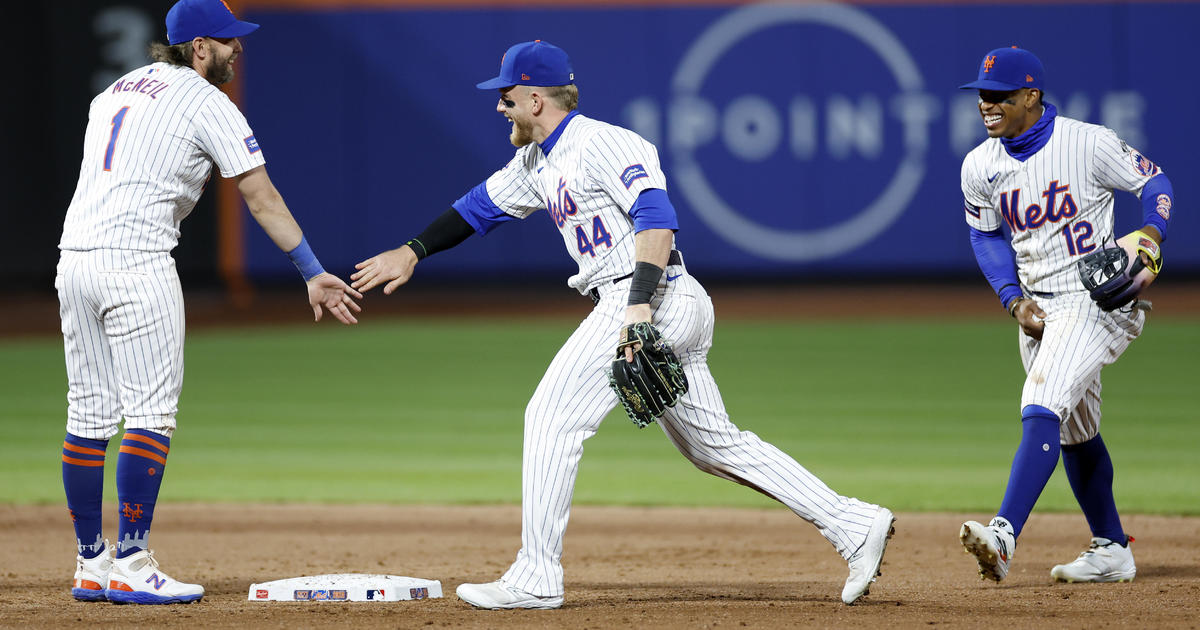Injury Breakdown: The Facts On Francisco Cervelli's Foot Fracture
By Abby Sims
» More Columns
Reports out of Yankee camp revealed that back-up catcher Francisco Cervelli has once again suffered an injury during spring training that will set him up to miss the early part of the season (in past spring trainings he suffered a concussion and wrist fracture). Joe Girardi was quoted as having said that an MRI was positive for a fracture "above the toes" and that Cervelli will be in a boot for at least four weeks.
Though the specifics of the fracture were not reported in the on-line publications that I reviewed, from the comments that were made, it appears that the injury was likely to a metatarsal, which is in the forefoot. The metatarsals are the five long bones that connect the smaller tarsal bones of the midfoot to the even smaller phalanges that make up the toes.
According to Wheeless' Textbook of Orthopaedics, in the normal foot, the metatarsal heads (the portion nearest the toes) bear one half of a person's body weight when walking. The first metatarsal normally bears half the weight of the forefoot. The weightbearing nature of walking and running, which are compounded by impact, and the position required for a catcher to catch all place great stress on the metatarsals.
In order to allow the fracture to heal, weightbearing is either eliminated or minimized, and the fracture is immobilized with the foot placed in a restrictive boot. Most fractures are protected for a period of at least four weeks, and often up to six weeks to allow the bone to mend. Though this period of healing is necessary, there are secondary effects of immobilization, and that is why the rehab period that follows is so important.
Restriction of movement in the joints of the ankle and foot while wearing a boot often results in a loss of joint mobility as well as muscle flexibility. In addition, disuse results in weakness of the supporting musculature, which controls movement of the ankle, foot and toes. Treatment to restore mobility, strength and flexibility as well as standing balance is paramount for an athlete to safely return to competition. In the meantime, the athlete can continue to work on his upper body, the strength of the core and that of the muscles that cross the hips and knees. As soon as he is cleared to do so, Cervelli will also begin a conditioning program, probably initially focused on the stationary bike and swimming to minimize impact.
Follow Abby on Twitter @abcsims





